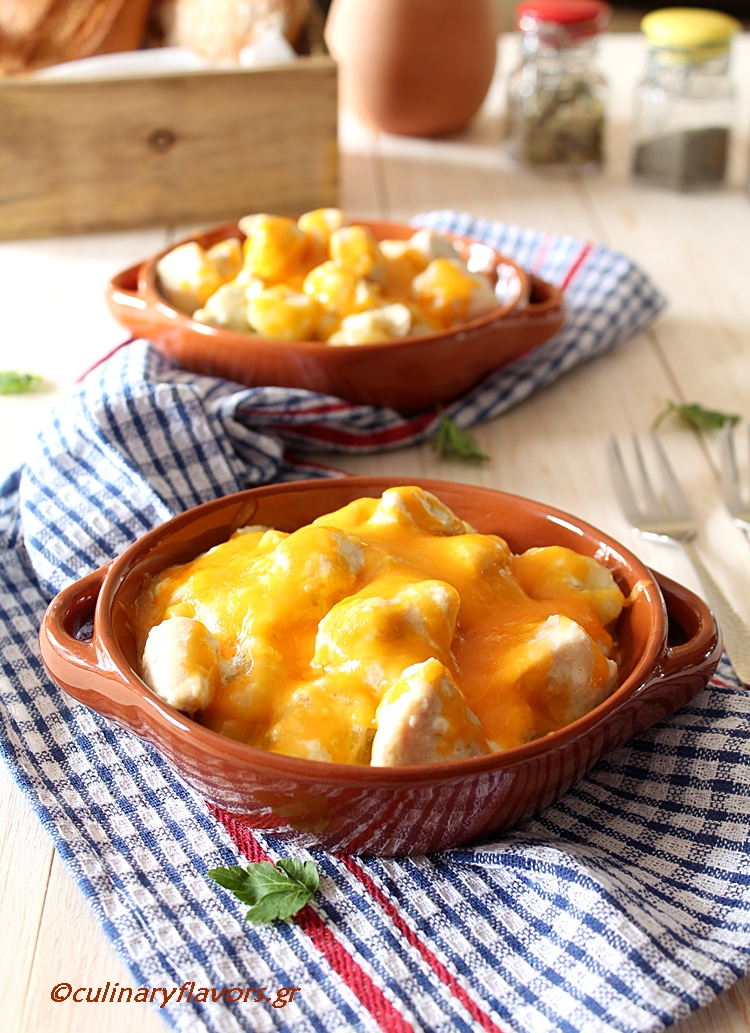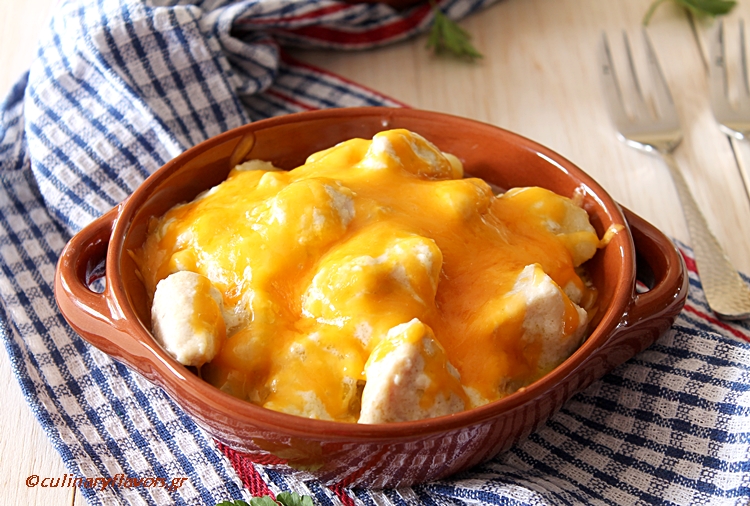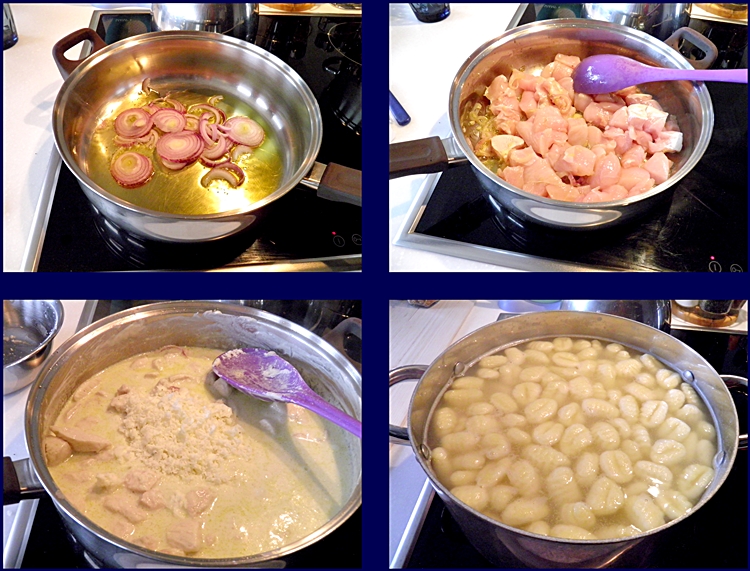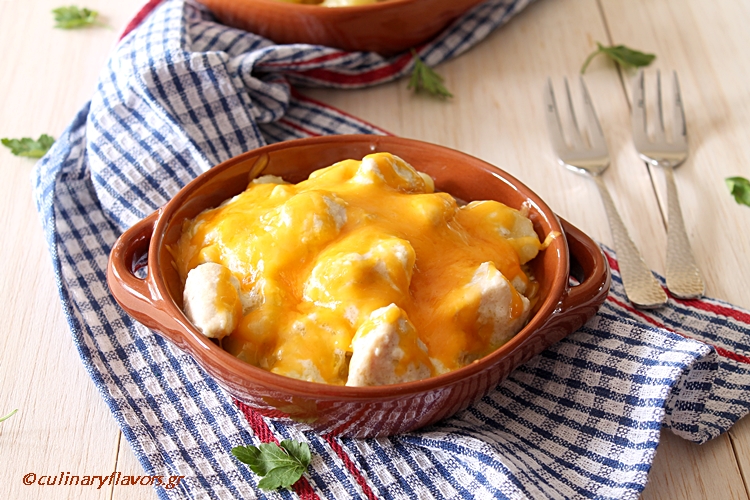Pygmalion, according to mythology, was king of Cyprus and an excellent sculptor. Annoyed by the morals of his contemporary women dedicated himself in sculpture. He, then, begun an effort to create the perfect female figure. When he succeeded, he gave it the name Galatea. Galatea in Greek means white as milk. He was so touched and enchanted by his creation that he spent endless hours talking to it, touching it and speaking to it. Eventually, he fell in love with his own creation. It was that big his love and admiration that he started giving the statue gifts and dress it with expensive, precious dresses.
During the feast dedicated to Aphrodite, Pygmalion begged the goddess to let him take Galatea as his wife. Goddess Aphrodite deeply touched by his love, devotion and despair made his wish true and gave life to his creation.
When Pygmalion returned at his palace went to his beloved statue. The moment he touched it, the statue came alive and transformed into a beautiful, elegant and modest woman. Pygmalion couldn’t believe his eyes and he immediately decided to marry her. Aphrodite was invited at their wedding and blessed their union. From this union, a boy was born and they gave him the name Paphos who founded the homonym city in Cyprus. He also established one of the most beautiful altars dedicated to Aphrodite to honor Aphrodite who gave life to her mother and bless that union.
This legend has been an inspiration to many artists, sculptors, poets and writers. My Fair Lady was based on George Bernard Shaw’s book Pygmalion and it was beautifully transferred to cinema with Rex Harrison and Audrey Hepburn.
The island’s most famous cheese, Halloumi, has a distinctive texture and is fantastic uncooked or cooked (grilled or fried). This white, semi-hard cheese has been produced on the island for centuries and is traditionally prepared with a precise quantity of goat or sheep’s milk to qualify as authentic Halloumi. It can also be made with cow’s milk or even a mix of all three milks. Mint is often added to this salty cheese, and it has a long shelf life.
Halloumi is made in special large bronze containers where, after adding the rennet, the milk curds are removed from the heat, strained very well and then wrapped in a piece of cloth with a heavy object placed on top to squeeze out any remaining whey. The cheese is then cut into pieces and submerged once again into hot whey until it rises to the surface. The pieces are then taken out of the container and placed in salt and mint, folded in two and left to cool. It is finally submerged once again into hot whey.
I love halloumi and from time to time I buy it and cook with it. This past weekend I made this delicious creamy chicken with gnocchi dressed in a halloumi sauce and pass through the oven to give it a more intense flavor. It is truly a family meal everyone enjoyed.
- 700 gr. / 1.5 lb chicken breast, boneless, skinless, cut in small cubes
- 1 small onion, sliced
- 1 garlic clove, minced
- 200 ml / 6.7 fl oz. cream cheese at room temperature
- ½ cup milk
- 100 gr. / 4 oz. halloumi cheese, grated
- ¼ cup parmesan
- 500 gr. / 1 lb gnocchi
- Salt, pepper
- ¼ cup cheddar cheese or halloumi cheese, optional for spreading on top
- Olive oil for sautéing
- In a heavy skillet pour about 4 tbsp of olive oil and in medium heat sauté the onion until it softens.
- Add the garlic and continue to sauté until it becomes fragrant.
- Add the chicken pieces and sauté until no pink shows outside.
- Pour the milk and cream cheese and whisk to incorporate.
- Add the halloumi, parmesan, salt and pepper.
- Careful with the salt because halloumi and parmesan are both salted cheeses.
- Remove and set aside.
- In the meantime, and while the chicken is cooking make the gnocchi per instructions.
- Drain them but keep half cup of their water.
- Preheat oven to 200° C / 400° F.
- Take an ovenproof pan or Pyrex and arrange first gnocchi and then the chicken with the sauce.
- Pour the gnocchi water only if the sauce of the chicken is too thick and garnish with the cheddar or the halloumi.
- Bake until the cheese above has melted and taken a light color.
- Remove let it rest for five minutes and serve.
- 700 γρ. στήθος κοτόπουλο, χωρίς κόκαλα και πέτσα, κομμένο σε μικρούς κύβους
- 1 μικρό κρεμμύδι, κομμένο σε φέτες
- 1 σκελίδα σκόρδο ψιλοκομμένο
- 200 ml τυρί κρέμα σε θερμοκρασία δωματίου
- ½ φλ. γάλα
- 100 γρ. Χαλλούμι, τριμμένο
- ¼ φλ. παρμεζάνα
- 500 γρ. νιόκι
- Αλάτι, πιπέρι
- ¼ φλ. τυρί τσένταρ ή Χαλλούμι, προαιρετικό για πάνω από το κοτόπουλο πριν μπει στο φούρνο
- Ελαιόλαδο για το σωτάρισμα
- Σε μια βαριά κατσαρόλα ή τηγάνι ρίχνουμε περίπου 4 κ.σ. ελαιόλαδο και σε μέτρια φωτιά σωτάρουμε το κρεμμύδι μέχρι να μαλακώσει.
- Προσθέτουμε το σκόρδο και συνεχίζουμε να σωτάρουμε μέχρι να βγάλει τα αρώματά του.
- Προσθέτουμε τα κομμάτια κοτόπουλου και σωτάρουμε μέχρι να μην φαίνεται το ροζ εξωτερικά.
- Ρίχνουμε το γάλα και το τυρί κρέμα και ανακατεύουμε να ενσωματωθεί.
- Προσθέτουμε το χαλλούμι, την παρμεζάνα, αλάτι και πιπέρι.
- Προσέξτε με το αλάτι γιατί το χαλούμι και η παρμεζάνα είναι δύο αλμυρά τυριά.
- Βγάζουμε από τη φωτιά και αφήνουμε στην άκρη.
- Εν τω μεταξύ, και ενώ το κοτόπουλο μαγειρεύεται κάνουμε τα νιόκι σύμφωνα με τις οδηγίες.
- Τα στραγγίζουμε κρατώντας μισό φλυτζάνι του νερού τους.
- Προθερμαίνουμε το φούρνο στους 200° C.
- Παίρνουμε ένα πυρίμαχο ταψί ή πυρέξ και τακτοποιούμε τα νιόκι και, στη συνέχεια, το κοτόπουλο με τη σάλτσα.
- Ρίχνουμε το νερό των νιόκι, μόνο αν η σάλτσα του κοτόπουλου είναι πολύ σφιχτή και θέλει λίγο αραίωμα και γαρνίρουμε με το τυρί τσένταρ ή το χαλλούμι.
- Ψήνουμε έως ότου το τυρί λιώσει και πάρει ένα ελαφρύ χρώμα.
- Το αφήνουμε να ξεκουραστεί για πέντε λεπτά και σερβίρουμε.




